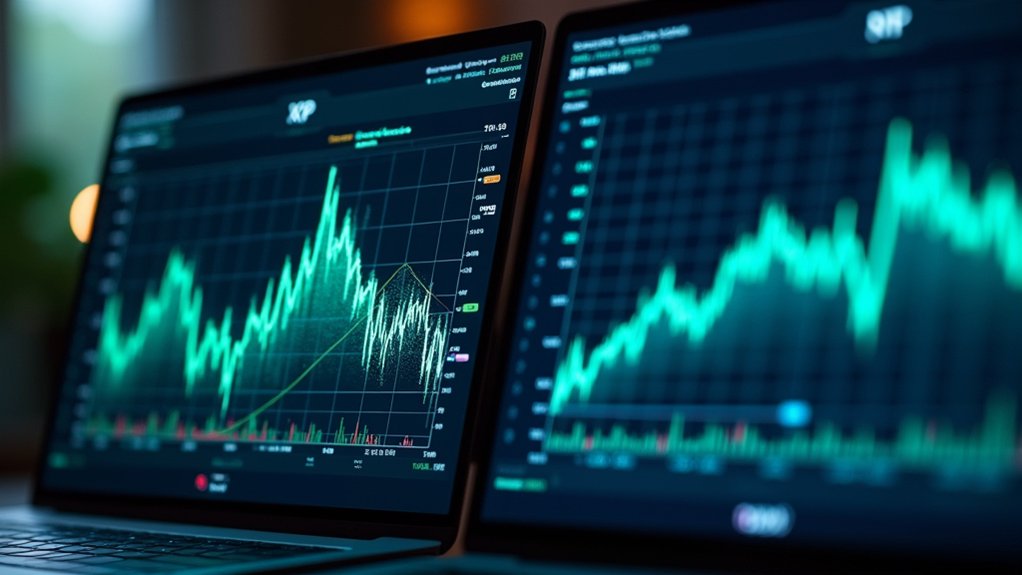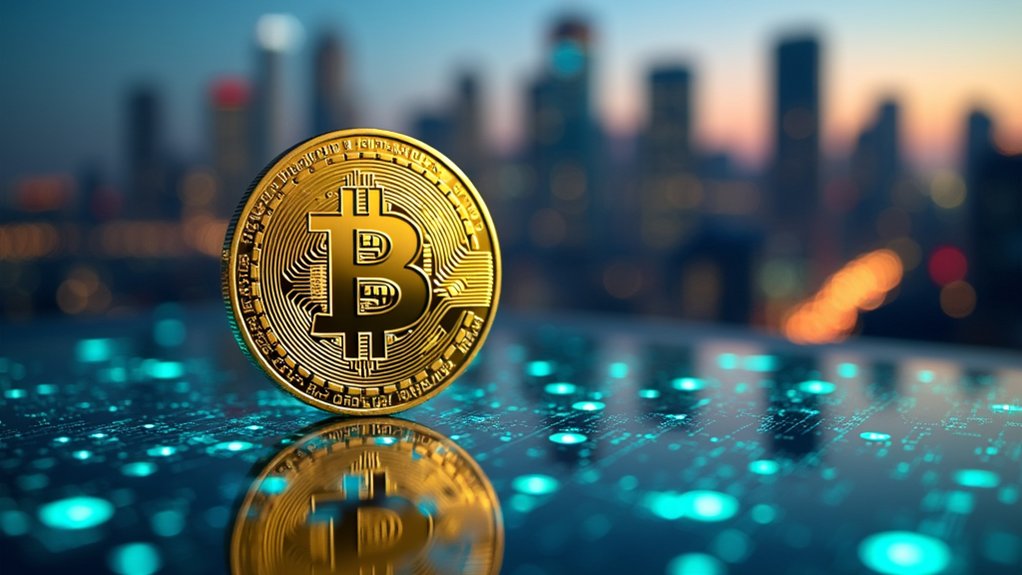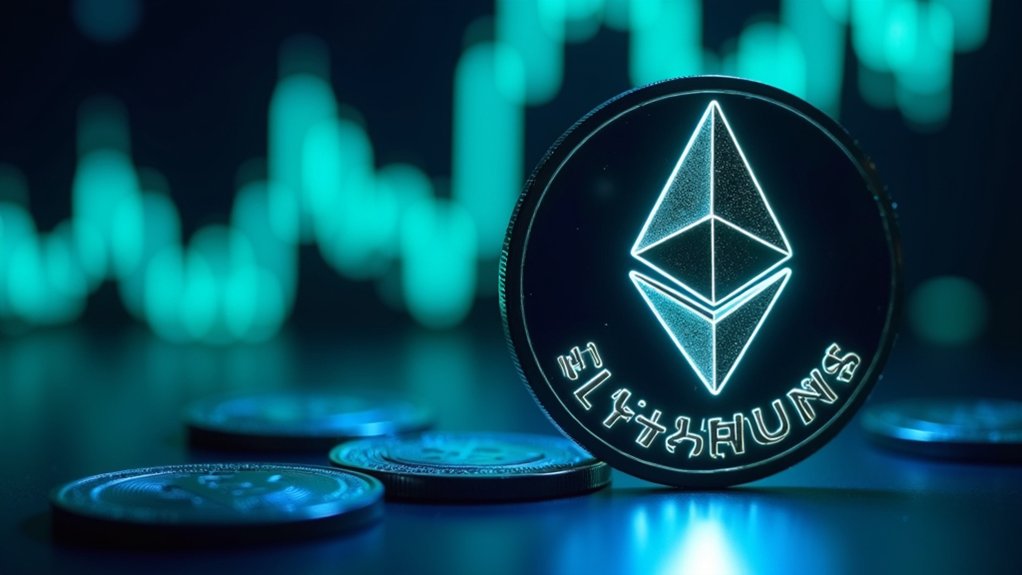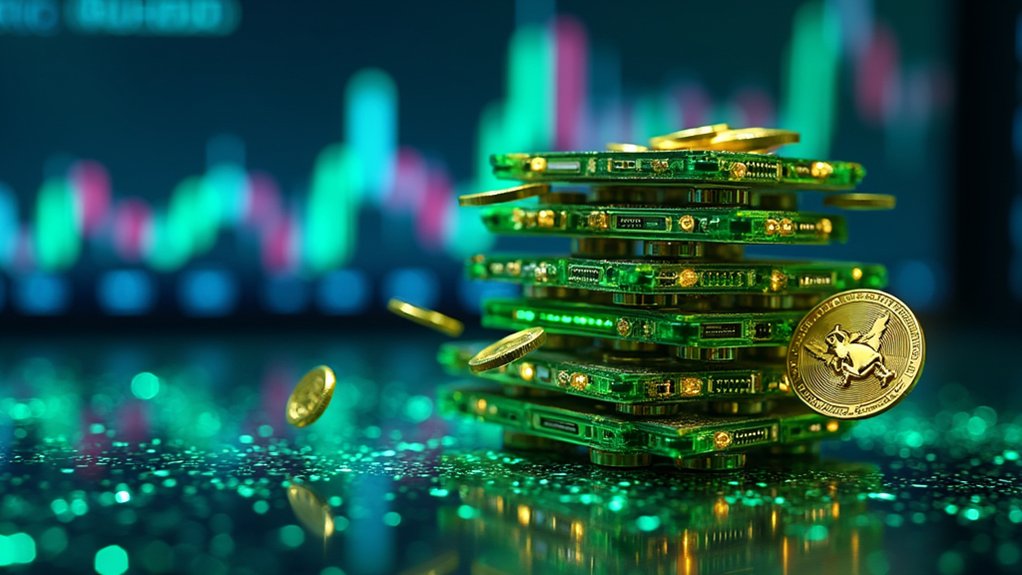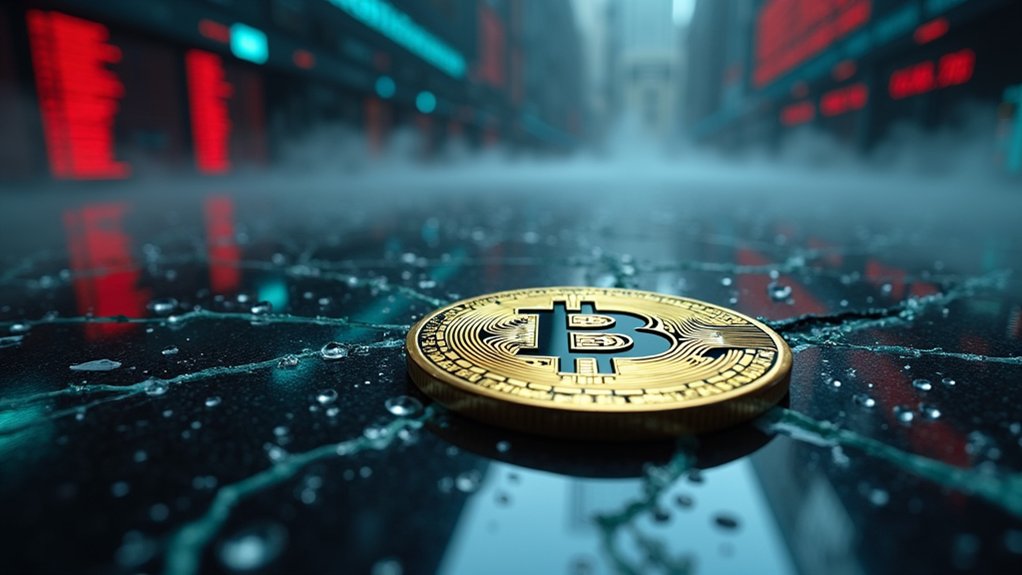Though the $TRUMP meme coin has become a lightning rod for controversy and a lucrative venture funneling hundreds of millions through opaque trading fees, Donald Trump Jr. has emphatically distanced himself from any direct involvement, opting instead to portray his crypto interests as anchored in the ostensibly more respectable domains of stablecoins and Bitcoin mining—an assertion that, given the Trump family’s sprawling financial entanglements and control over the token, strains credulity and begs a closer examination of the true beneficiaries behind this digital spectacle. The Trump Organization’s ownership of 80% of the $TRUMP token and the extraction of over $324 million in trading fees within a four-month window hardly paint a picture of innocent detachment, especially when the family’s equity in World Liberty Financial, which orchestrates these operations, remains conveniently overlooked. Donald Trump Jr. made clear in a CNBC interview that his focus remains on stablecoin and bitcoin mining activities, explicitly denying his involvement with the meme coin itself. This lack of transparency and oversight mirrors broader concerns raised by congressional critics about the lack of regulation in Trump’s crypto operations. The decentralized nature of cryptocurrency networks often complicates regulatory enforcement and transparency, amplifying these concerns.
This theatrical disavowal arrives amid escalating debates about cryptocurrency regulation, where the intersection of political influence and digital assets has become a tinderbox for ethical scrutiny. Senator Chris Murphy’s proposed MEME Act, designed to curb conflicts of interest by barring officials from endorsing digital tokens, directly targets the murky waters inhabited by the Trump family’s crypto endeavors. Yet, despite these glaring red flags, Donald Trump Jr. clings to a narrative that frames their crypto expansion as a pragmatic workaround to traditional banking hurdles—a rationale that sounds more like a smokescreen than a credible defense.
The dissonance between public denial and underlying financial reality reveals a calculated effort to exploit regulatory gray areas while maintaining political capital. In this arena, transparency is sacrificed on the altar of profit and power, leaving observers to question not just the legitimacy of the $TRUMP meme coin’s gains but the depth of the Trump family’s entanglement in an industry begging for accountability and oversight.

